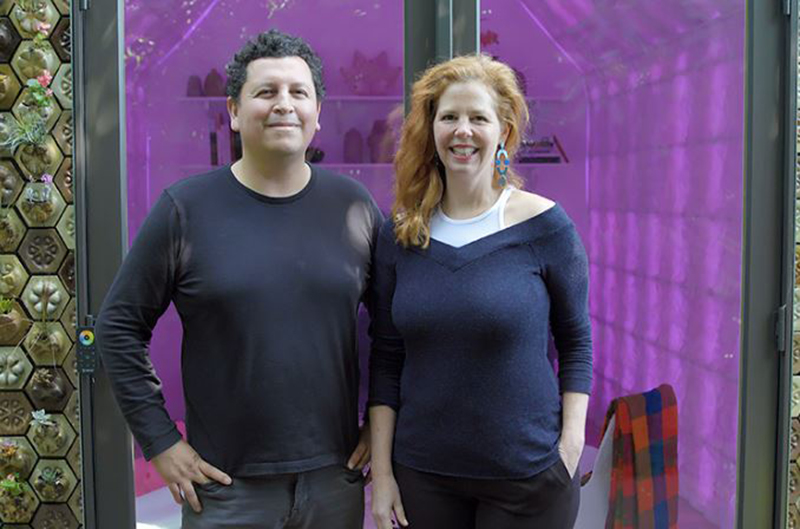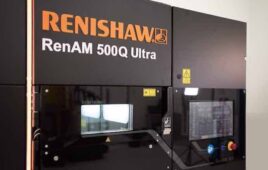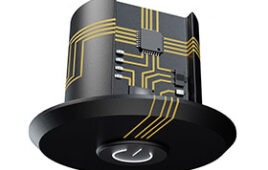Ronald Rael’s “Cabin of Curiosities” is not only a livable, water-tight house, but is entirely constructed from 3D printed materials, according to Berkeley News. The UC Berkeley associate professor of architecture finished the project in May 2018 with his partner Virginia San Fratello of San Jose Bakar Fellowship.
The cabin, which took a year to build, uses upcycled materials such as grape skins, salt, cement and sawdust.
Rael’s cabin was the winner of the 2018 3D Pioneers Challenge, an international AM technologies competition.
In a Berkeley News interview with Rael, he addressed the benefits of using upcycled materials and what the future of 3D printed materials might be.
Rael said upcycling material is not a new concept in the construction industry. Many of the building materials people are using today are made from leftover wood chips and engineered lumber that use upcycled materials.
“The difference is all of those materials are made in such a way that they are standardized and homogenous and mass-produced,” Rael said, according to UC Berkeley. “I think one of the advantages of 3D-printing is that it can be customized and particularized in such a way that challenges or disrupts that tradition.”
The flexibility and ability to learn from mistakes was an ongoing process Rael experienced.
“What’s robust about this process is that the mistakes can be accommodated through the ability to customize immediately. We didn’t think through every element of construction, as is impossible to do in any building, but whenever we made a mistake — if we fell short a couple inches in part of the design, for example — we were able to design customized pieces that accommodated for those mistakes,” said Rael. “There wasn’t a search at the store to buy something to fill in that gap or going to a custom craftsman who could measure and fit something into a strange shape to fix our mistakes. Instead, we could design it ourselves and be able to prototype it in just a few minutes.

Ron Rael and Virginia San Fratello at the cabin (UC Berkeley photo by Stephen McNally)
Filed Under: 3D printing • additive • stereolithography, Materials • advanced




